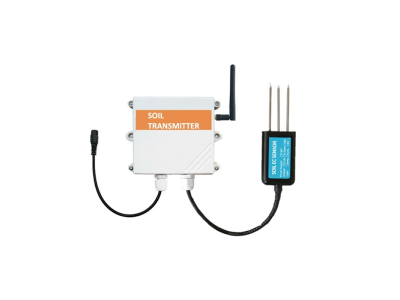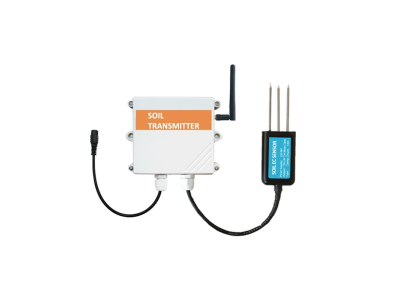As the global population continues to grow, the demand for food and other agricultural products is also increasing. However, the availability of arable land is limited, and the effects of climate change, soil degradation, and water scarcity are further reducing the productivity of existing agricultural lands. In this scenario, maximizing resource efficiency in agriculture has become crucial. One promising technology that can help in this regard is soil sensors.

Soil sensors are devices that can measure various parameters of the soil, such as moisture, temperature, nutrient levels, and pH level. By analyzing these parameters, farmers and growers can optimize their use of water, fertilizers, and other resources, leading to higher crop yields, lower costs, and reduced environmental impact.
For example, soil moisture sensors can help farmers determine when to irrigate and how much water to apply. Over-irrigation wastes water, causes soil erosion, and leads to nutrient leaching, while under-irrigation reduces crop yields and quality. With a soil moisture sensor, farmers can irrigate only when necessary and avoid over-watering. This not only conserves water but also saves energy and reduces the use of fertilizers.
Similarly, soil nutrient sensors can help farmers apply the right amount of fertilizer, at the right time, and in the right place. Over-fertilization can lead to nutrient runoff, which can pollute nearby water bodies, while under-fertilization reduces crop growth and yield. With a soil nutrient sensor, farmers can determine the exact nutrient requirements of their crops and adjust their fertilizer application accordingly. This not only maximizes crop yield but also reduces the risk of environmental damage.
In addition to improved resource efficiency, soil sensors also provide other benefits. For example, they can help farmers monitor soil health and detect early signs of plant diseases and pests. This allows growers to take preventative measures, such as adjusting irrigation and fertilization, using targeted pesticides, or introducing natural predators, before the problems become severe.
In conclusion, the use of soil sensors can provide farmers and growers with precise, real-time information about the soil and crop conditions, enabling them to maximize resource efficiency, reduce costs, and improve environmental sustainability. This technology has the potential to revolutionize the way we grow food and meet the increasing demand for agricultural products in a resource-constrained world.






